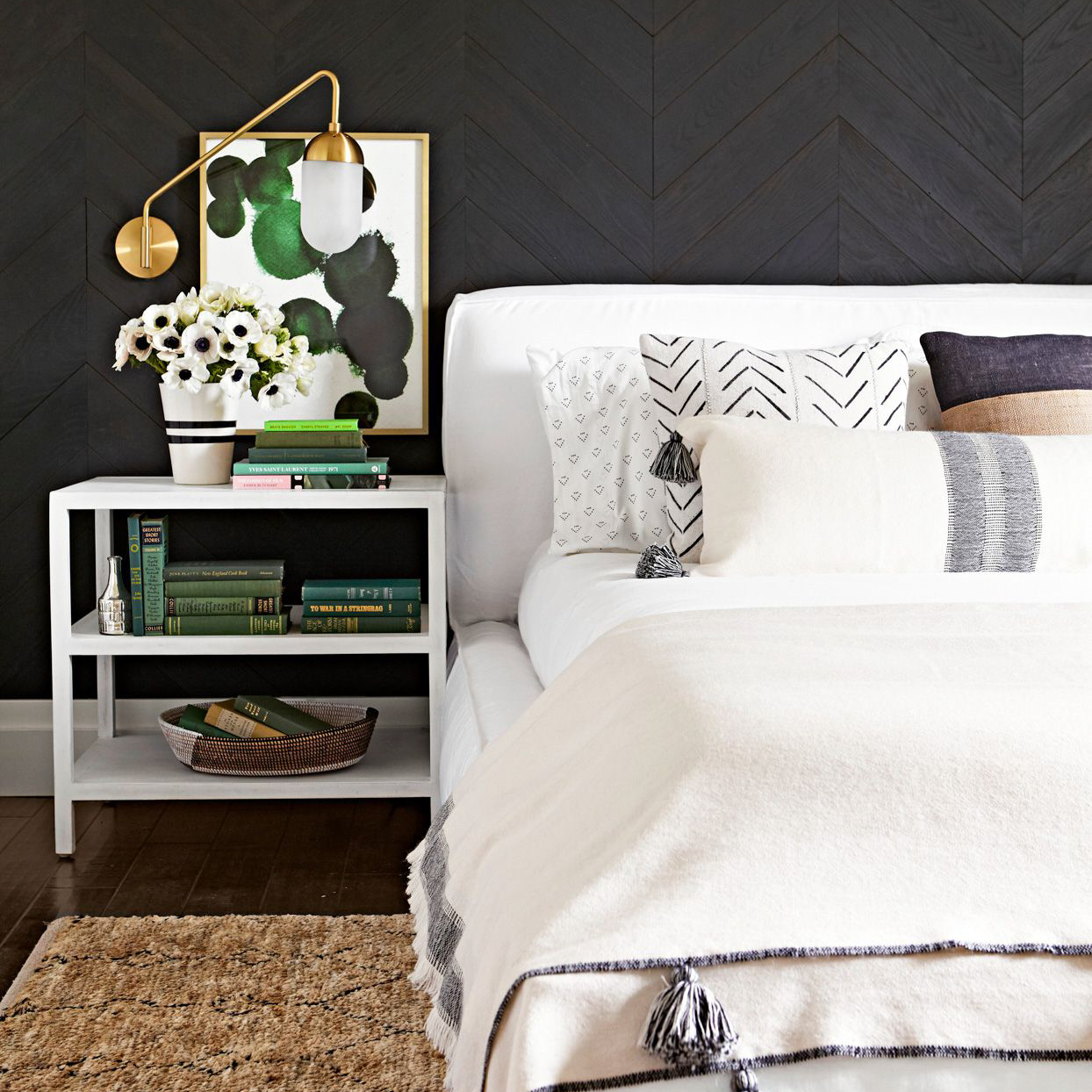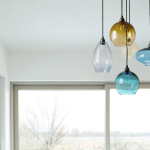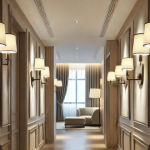
Introduction
Architectural suspended lighting has become an essential element in the realm of interior design. The integration of light fixtures into the structural layout of buildings has revolutionized the way we perceive interior spaces. It has opened up a completely new dimension of design possibilities where illumination is no longer just a practical necessity but a creative art.
The Advantages of Suspended Lighting
Suspended lighting is an ideal solution for modern architecture as it offers a range of advantages over traditional lighting methods. Firstly, it saves space and provides a cleaner aesthetic compared to floor lamps or tabletop lights. Secondly, it adds character and can dramatically enhance the look of an entire interior. Thirdly, it can be easily customized to create a unique ambience that suits the specific requirements of a particular space.
The Impact of Lighting on Architecture
The right lighting can work wonders for architectural design. It can make a room feel larger or smaller, cozy or open, intimate or exclusive. By creating the right balance between ambient, task and accent lighting, architects and interior designers can highlight important features of a building, enhance spatial dynamics and evoke specific moods. In short, lighting is a powerful tool that can be used to completely transform the way we perceive and experience architecture.
Designing with Suspended Lighting
Designing with suspended lighting requires a careful balance of function and form. While the primary goal is to ensure practical illumination, it is also essential to create a design that is coherent with the overall architectural concept. This involves understanding the key architectural features such as height, angles, shapes and textures, and integrating the lighting fixtures into the space in a way that compliments these elements. Suspended lighting can range from classic to contemporary to ultra-modern, so it’s important to select fixtures that best align with the aesthetic of the space.
Types of Suspended Lighting
There are a variety of different types of suspended lighting fixtures including chandeliers, pendant lights, track lights, linear lights, and spotlights among others. Each has its own unique features and benefits that make them suitable for different architectural designs and lighting requirements. For example, chandeliers are a classic design that can add a touch of elegance and sophistication to a space. While pendant lights are more modern and can be used to create a focal point that draws the eye upwards.







